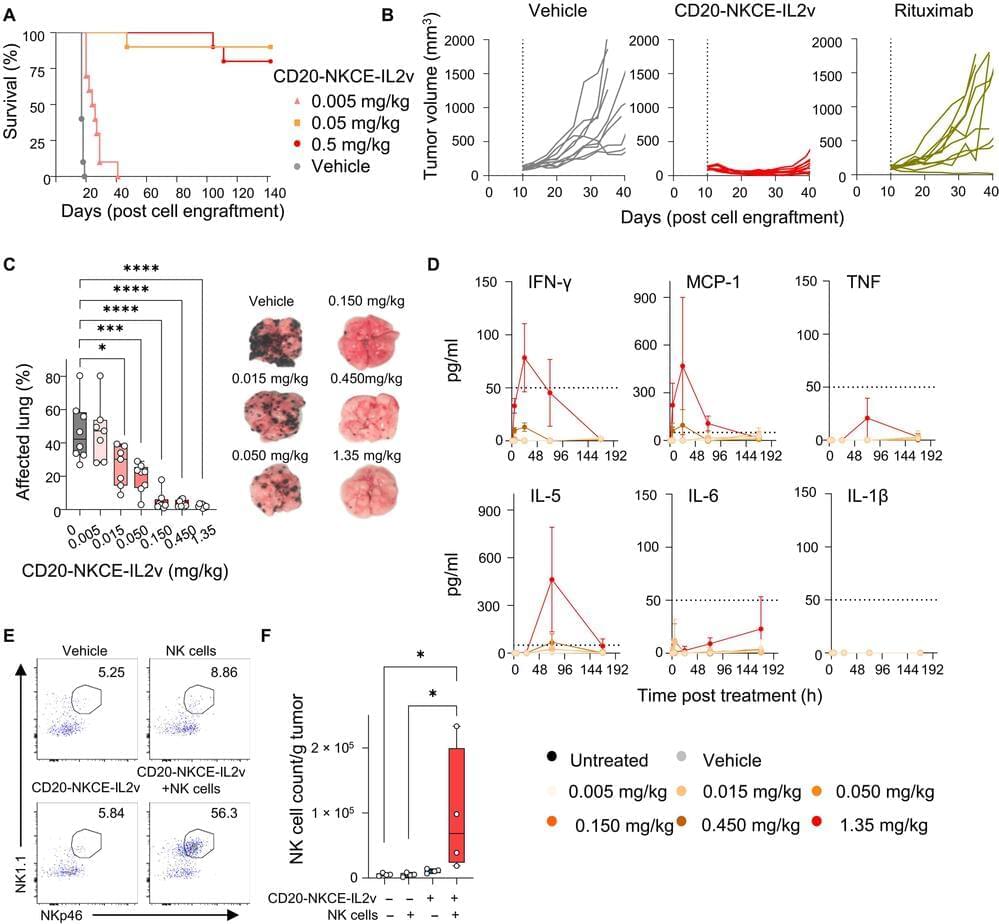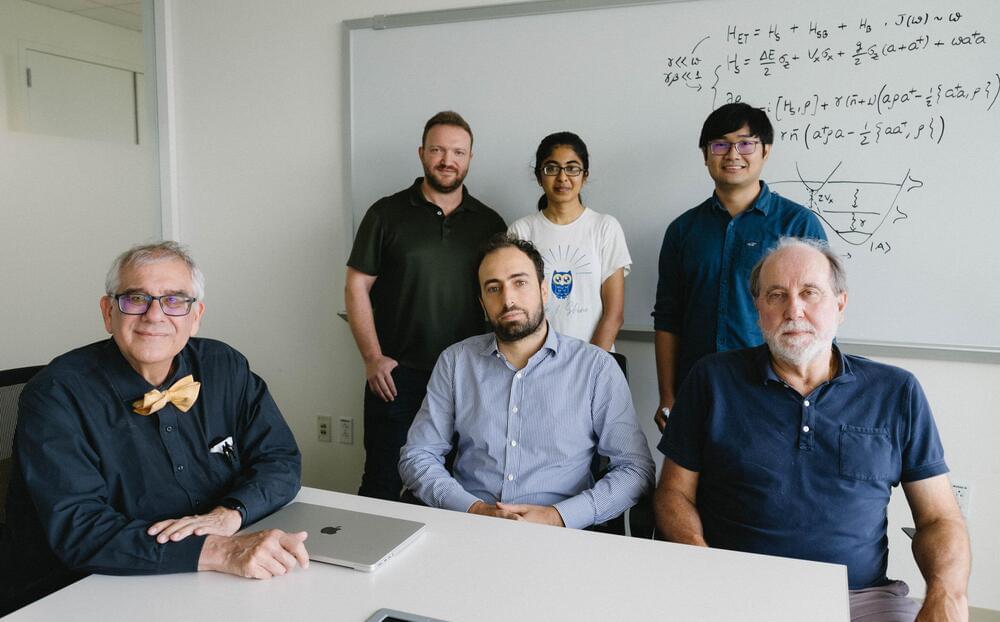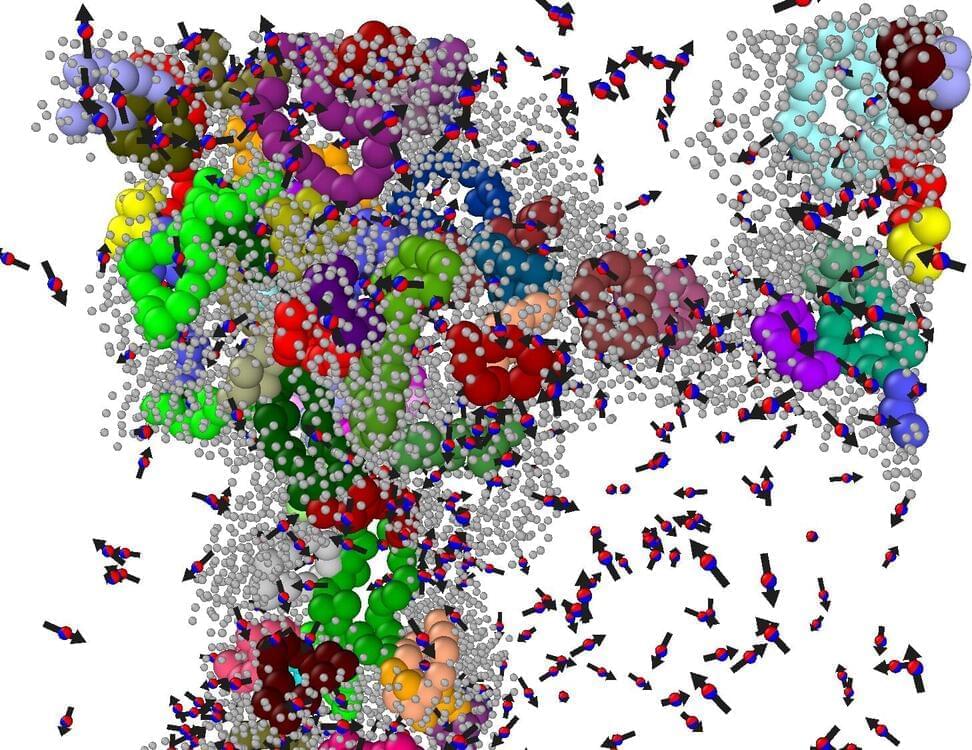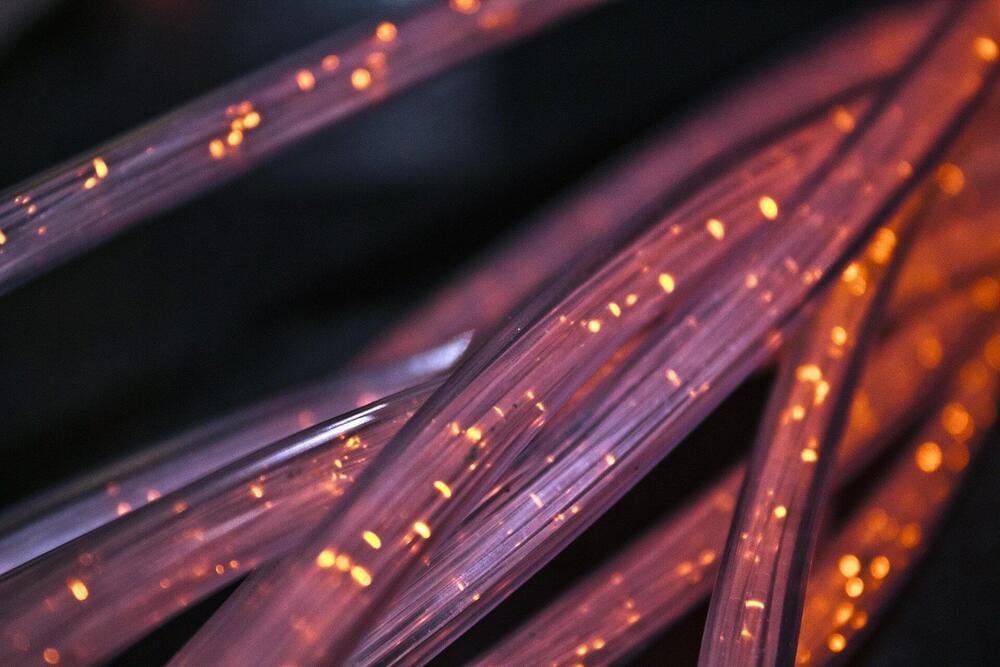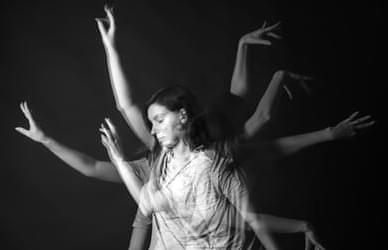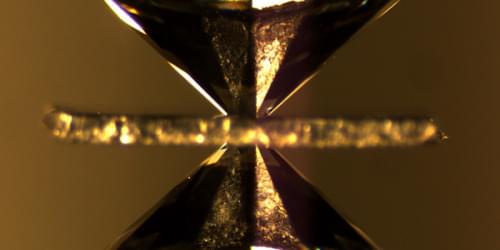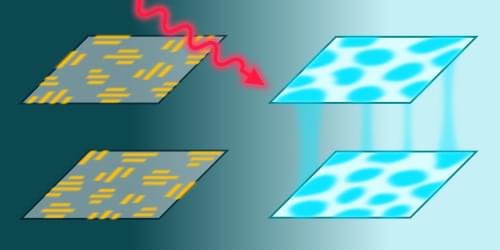Dec 21, 2024
Experimental drug that summons ‘warriors of the immune system’ shows early promise against non-Hodgkin lymphoma
Posted by Saúl Morales Rodriguéz in category: biotech/medical
An investigational therapy is demonstrating preclinical promise against non-Hodgkin lymphoma by boosting natural killer cells and efficiently annihilating the malignancy without toxicity to the patient, a team of cancer biologists in France has found.
The emerging therapy is for B cell non-Hodgkin lymphoma, the most common form of lymphoma worldwide. Current therapies target the CD20+ protein on the surface of cancerous B cells but with limited efficacy. A newly developed antibody-based molecule targets B-non-Hodgkin lymphoma by engaging natural killer cells, warriors of the immune system. The experimental therapeutic is expected to help patients whose disease rebounds and is difficult to treat.
“Non-Hodgkin lymphoma is the most frequent hematological malignancy in humans, comprising nearly 3% of all cancer diagnoses and oncology-related mortalities,” writes Dr. Olivier Demaria, lead author of the research published in Science Immunology.
